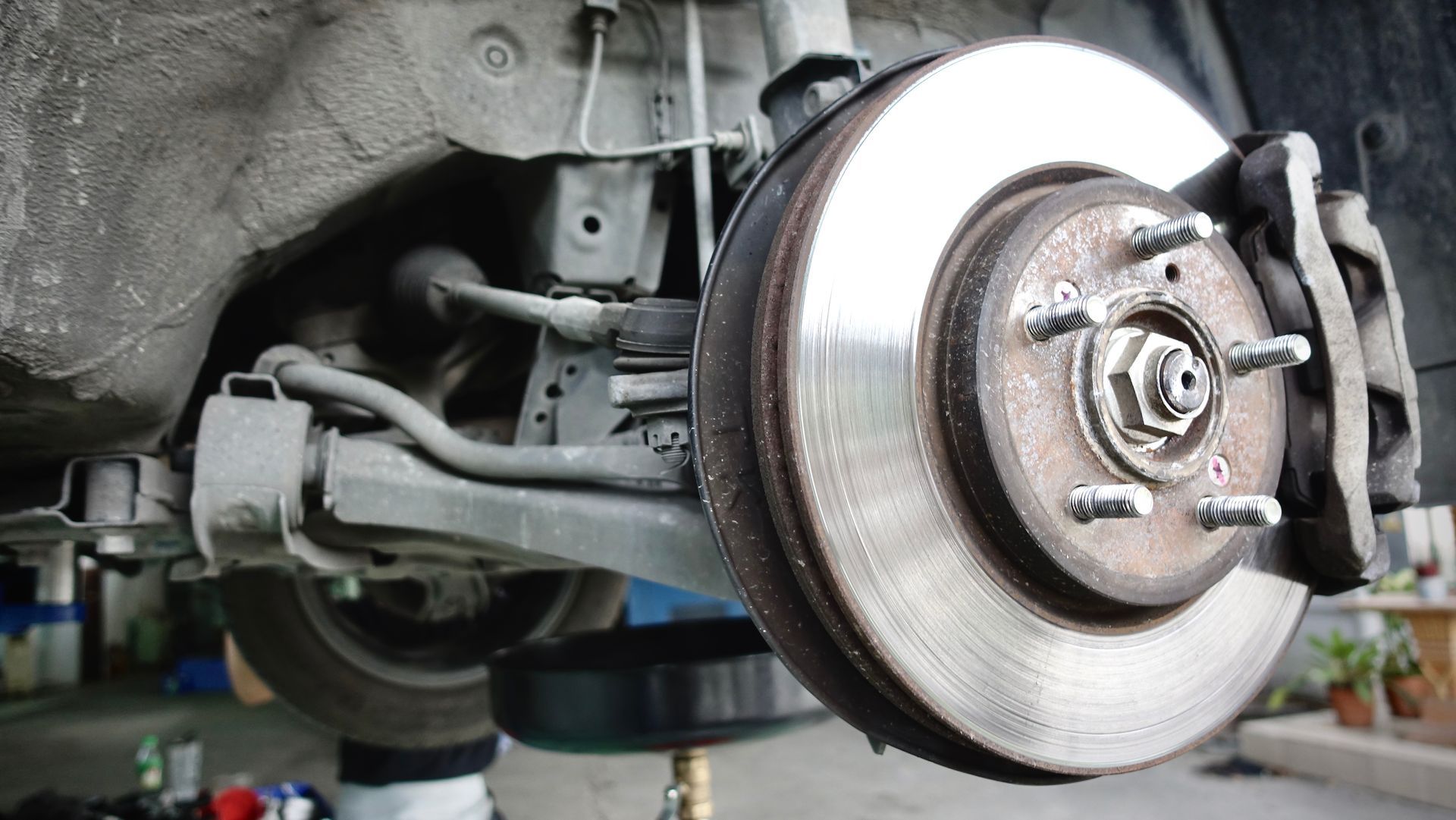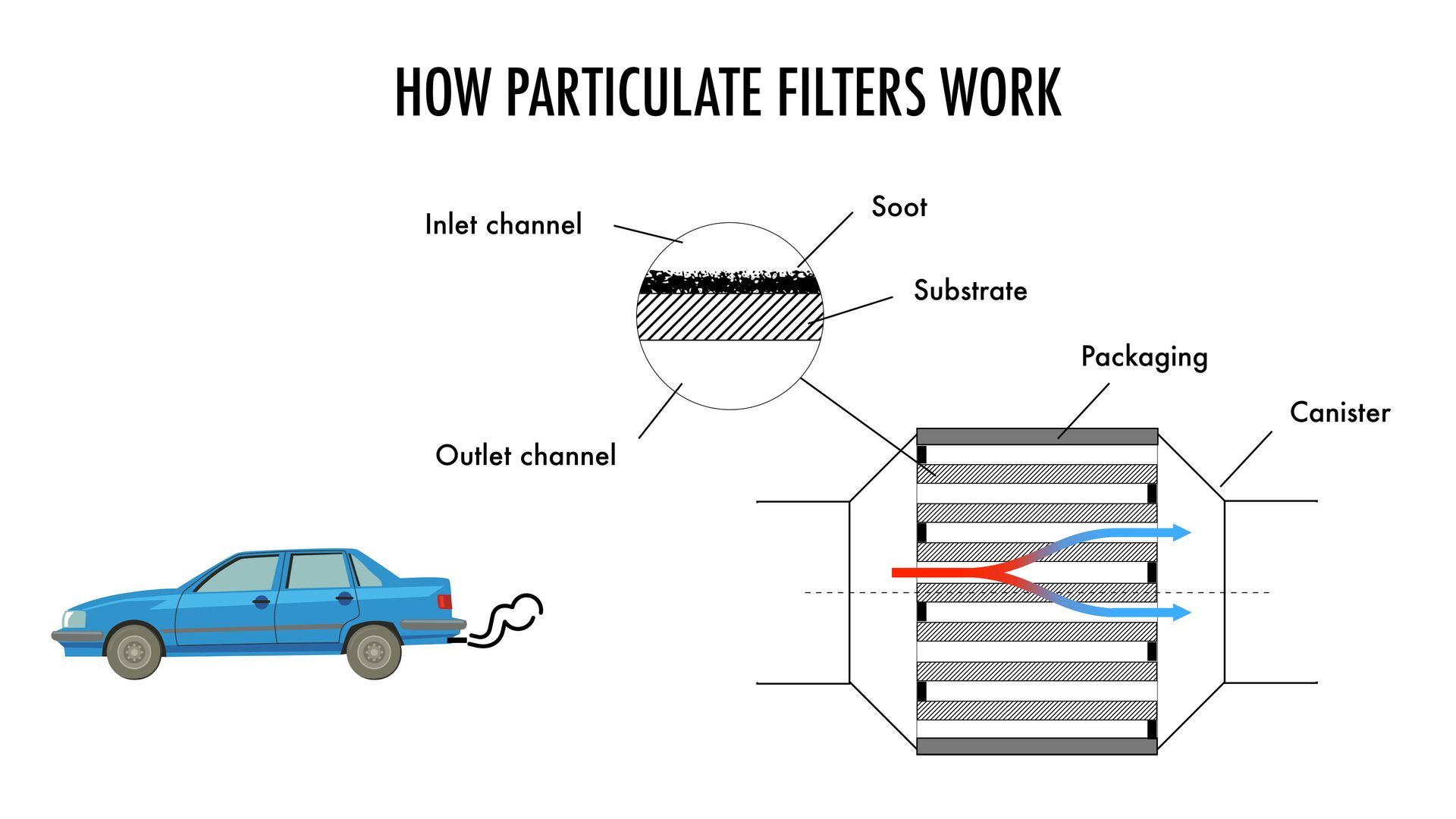You press the A/C button, adjust the settings, and cold air starts pouring in—it’s something most of us don’t give much thought to until it stops working. But behind that refreshing blast is a surprisingly complex system made up of components working together to cool and circulate air throughout your car.
Unlike a simple fan, your vehicle’s air conditioning system uses refrigerant, pressure, and temperature changes to absorb heat and keep your cabin comfortable. Knowing how the system works can help you catch problems early, get ahead of costly repairs, and make smarter choices when it’s time for service.
The A/C System
At its core, a vehicle’s air conditioning system works by removing heat and moisture from the cabin air. It doesn’t technically “create” cold air—it just transfers heat from inside the car to the outside using a refrigerant.
The refrigerant, typically R-134a or R-1234yf in modern vehicles, circulates through the system, changing from a liquid to a gas and back again as it picks up and releases heat. This entire process happens through four main components, each playing a key role in the cooling process.
The Four Key Parts of Your Car’s A/C System
Compressor
Think of the compressor as the heart of the A/C system. It pressurizes and circulates the refrigerant through the loop. It’s typically driven by the engine via a belt and pulley system and activates when you turn on the air conditioning.
When the refrigerant enters the compressor as a low-pressure gas, the compressor compresses it into a high-pressure, high-temperature gas.
Condenser
Once the refrigerant leaves the compressor, it flows into the condenser, usually located in front of the radiator. This part looks like a mini radiator itself and uses airflow from driving or the cooling fans to remove heat from the refrigerant.
As the refrigerant cools down in the condenser, it changes from a gas into a high-pressure liquid—still hot, but now ready to shed more heat as it moves through the system.
Expansion Valve or Orifice Tube
This small but critical component drops the pressure of the refrigerant before it enters the next part of the system. Think of it like a nozzle that sprays refrigerant into a lower-pressure environment. That pressure drop is what allows the refrigerant to absorb heat from inside the cabin.
Some systems use a thermostatic expansion valve (TXV), while others use a fixed orifice tube. Both perform the same basic task but manage flow differently depending on the vehicle design.
Evaporator
Located behind your dashboard, the evaporator is where the magic of cooling really happens. As the low-pressure refrigerant enters the evaporator, it absorbs heat from the cabin air, which is blown across the evaporator’s fins by the blower fan.
As this happens, the refrigerant boils into a gas, carrying heat away from the air and leaving you with cool, dry air circulating through the vents. From here, the refrigerant cycles back to the compressor, and the loop starts over.
The Role of Refrigerant in the Process
Refrigerant is the key to everything. It’s specifically engineered to change states—liquid to gas and back—at very manageable temperatures and pressures. Without refrigerant, the A/C system can’t absorb or release heat.
Over time, refrigerant can leak through seals or tiny openings. If levels drop too low, the system can’t cool effectively—and continuing to run it in that state can damage the compressor.
If your A/C isn’t blowing as cold as it used to, it might not be a major component failure—it could simply be a refrigerant leak or low pressure that needs to be checked.
Cabin Moisture Removal
Your car’s A/C doesn’t just cool the air—it also removes humidity. That’s why the air feels so dry and comfortable when the system is working well. The evaporator acts as a dehumidifier, collecting moisture from the air as it cools.
That moisture drains through a small hose to the outside of the vehicle. If you ever see a small puddle of water under your car on a hot day, especially after using the A/C, it’s likely from this drain and perfectly normal.
However, if that drain clogs, water can back up into the cabin and create musty smells or damp carpets—something that should be addressed quickly.
ICDI Diesel Repair – A/C System Service in Spokane, WA
Whether your A/C is blowing warm air, making odd noises, or just not cooling like it used to,
ICDI Diesel Repair in Spokane, WA, has the experience and tools to diagnose and repair any air conditioning issue. From refrigerant recharges to compressor replacement and leak detection, we’ve got your cabin comfort covered.










